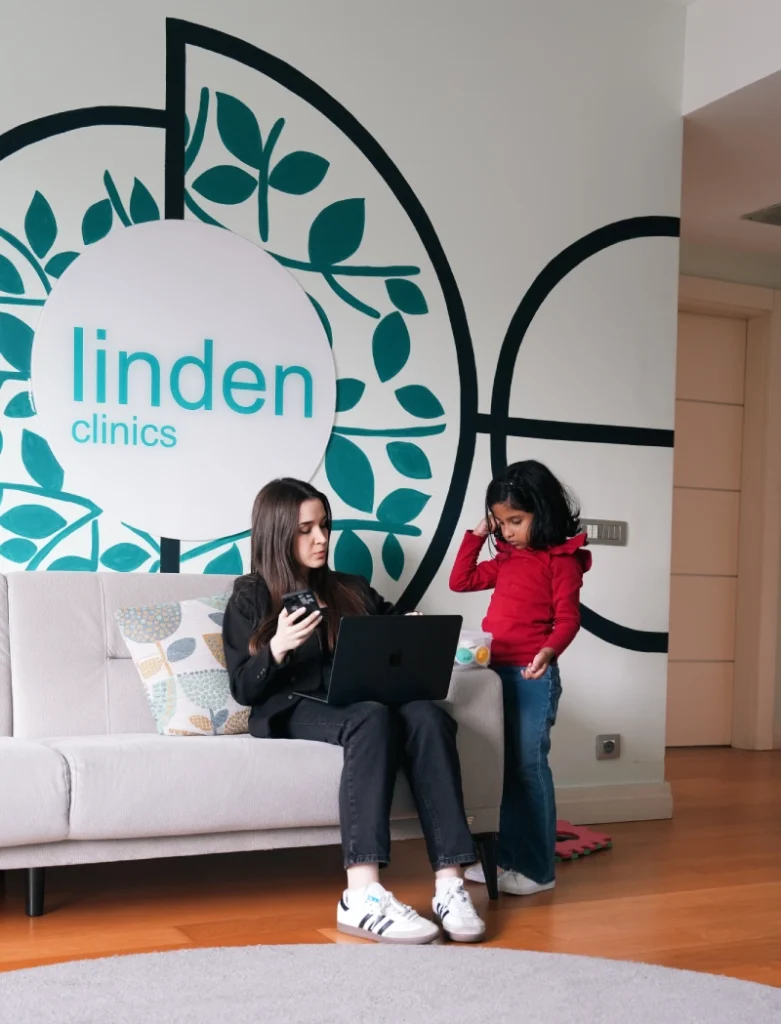🌸 Introduction: Autism in Females – A Different Perspective
Autism Spectrum Disorder (ASD) has historically been studied more extensively in males, but awareness of autism in females is growing rapidly. Girls and women with autism often exhibit different signs and coping strategies, which can lead to delayed or missed diagnoses.
In this article, we explore how autism presents differently in females, discuss current treatment approaches—including promising biomedical options like stem cell therapy for autism—and provide actionable insights for families and professionals.
Table of Contents
🔍 Why Is Autism in Females Often Missed?
1. Subtle or Different Symptoms
Females on the spectrum frequently show less overt repetitive behaviors and may develop better social masking skills—mimicking peers to blend in. According to recent research published in the Journal of Autism and Developmental Disorders, females often present with:
- Enhanced social imitation
- Stronger desire for social interaction despite difficulties
- Internalizing symptoms like anxiety or depression
2. Diagnostic Criteria Bias
Traditional diagnostic criteria have been developed mainly based on male presentations. This leads to under-recognition in girls, delaying access to therapies and support.
🧩 Key Signs of Autism in Females
- Social Camouflaging: Girls often mask social difficulties by imitating others, which can be exhausting and affect mental health.
- Focused Interests: Unlike stereotypical “restricted interests” such as trains or numbers, girls may fixate on socially acceptable topics like animals, literature, or celebrities.
- Communication Style: May appear more verbally fluent but struggle with pragmatic language, such as understanding sarcasm or abstract language.
Expert Note: Dr. Sarah Johnson, a leading child psychologist, emphasizes, “Recognizing these female-specific traits is crucial for early intervention and tailored support.”
🧬 Stem Cell Therapy for Autism: What Does Research Say?
Biomedical interventions are increasingly researched alongside behavioral therapies. Stem cell therapy, in particular, has drawn attention for its potential to support neurological function and behavioral symptoms. Here’s what the latest findings reveal:
- Stem Cell Therapy Autism Clinical Trials show improvements in social interaction and communication skills in many cases.
- According to various Stem Cell Therapy for Autism reviews, parents report enhancements in mood, attention, and sensory processing.
- The Stem Cell Therapy Autism Success Rate currently ranges from 60-75% based on preliminary data.

🌿 Holistic Support: Combining Therapy and Understanding
Girls with autism thrive with personalized, compassionate approaches that include:
- Behavioral therapies adapted for female presentations
- Sensory integration support
- Social skills training focusing on real-life situations
- Biomedical options like stem cell therapy as a complement, not a replacement
🌎 Finding Help Near You
Searching for Stem Cell Therapy Autism Near Me? It’s vital to choose clinics with a solid track record and validated results. Check:
- Published clinical studies or trial participation
- Transparent Stem Cell Therapy Autism Research
- Verified Stem Cell Therapy for Autism Success Stories
📝 Conclusion: Elevating Awareness and Care for Autistic Females
Recognizing autism in females means embracing a broader understanding of the spectrum. With evolving research, including stem cell therapy developments, there is hope for enhanced support and outcomes. Early and accurate diagnosis combined with tailored interventions makes a significant difference in quality of life.
If you suspect a girl may be on the spectrum, seek a comprehensive evaluation and explore both traditional and emerging treatment options.
❓ Frequently Asked Questions
How is autism in females different from males?
Females often show less stereotypical behaviors and better social masking, making diagnosis more challenging.
Is stem cell therapy effective for females with autism?
Early clinical trials suggest it can improve social and behavioral symptoms in many children, including females, but it should be combined with behavioral therapies.
What should I look for in a stem cell therapy clinic?
Look for clinics with transparent outcomes, ethical approvals, and positive patient reviews.

